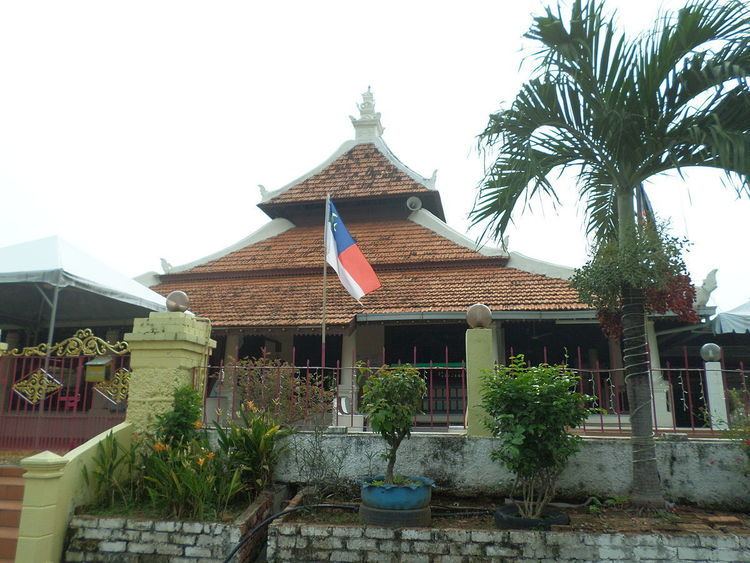 | ||
Loudspeakers were invented in the early 1900s, and they were introduced in mosques in the 1930s, where they are used for the adhan ("call to prayer"), and sometimes for khutbah (sermons).
Contents
Outdoor loudspeakers, usually mounted on tall minarets, are used five times a day for the call to prayer, sometimes starting as early as 4 a.m. Some mosques have loudspeakers that are powerful enough to be heard as far as 5 km (3 mi) away. In areas where more than one mosque is present, the loudspeaker sounds overlap one another, especially in the early morning when sounds are more clearly heard. Loudspeakers are sometimes also used inside mosques to deliver sermons or for prayer.
Indonesia, the world's most populous Muslim nation, has recognized that the overzealous use of sound amplification by its many mosques is an environmental issue and appears to be taking official measures to curb the problem.
Legality
Cities that have banned or restricted the use of loudspeakers by mosques include Mumbai, India, Lagos, Nigeria, some cities in Michigan and Saudi Arabia, and Cairo, Egypt.
Limitation on calls of prayers by muezzins exist in countries including the Netherlands, Germany, Switzerland, France, the UK, Austria, Norway, and Belgium.
In November 2016, a proposal to prohibit loudspeakers during rest hours by religious institutions was approved in Israel.
Opposition
The installation of outdoor loudspeakers on mosques has frequently met with opposition in communities where Islam is a minority religion. In Cologne, Germany, the proposed construction of the Cologne Central Mosque encountered strong criticism from some area residents; a ban on broadcasting the call to prayer over loudspeakers outside the building was among the first stipulations that the mosque's supporters had to agree to when seeking a building permit.
In 2008 in Oxford, England, local residents opposed a mosque's plans to use loudspeakers to broadcast calls to prayer, calling the electronic amplification an un-neighborly intrusion that would disrupt the peace and turn the area into a Muslim ghetto. A spokesman for the Oxford Central Mosque explained, "We do not need the volume to be loud but we want to have the call in some form because it's our tradition."
In 2004, the Al-Islah Mosque in Hamtramck, Michigan, US, attracted national attention when it requested permission to broadcast its call to prayer. This upset many of the non-Muslim residents of the area, which has a large and long-established Polish Catholic population. Proponents pointed out that the city was already subject to loud bell ringing from the local church, while opponents argued that the church bells served a nonreligious purpose. Later that year, the city amended its noise regulations to limit the volume of all religious sounds. Prior to this, other mosques in the Detroit area had been using loudspeakers to broadcast their calls to prayer without incident.
In India, some anti-noise pollution activists have called for restricting the use of loudspeakers, arguing that religion is not a ground to violate noise rules. In 1999, in debating a proposed blanket ban on loudspeakers atop mosques, some political leaders in India alleged that loudspeakers had been used to create communal tension, and that they had been used to incite a riot in Nandurbar, Maharashtra state, on November 10, 1999.
